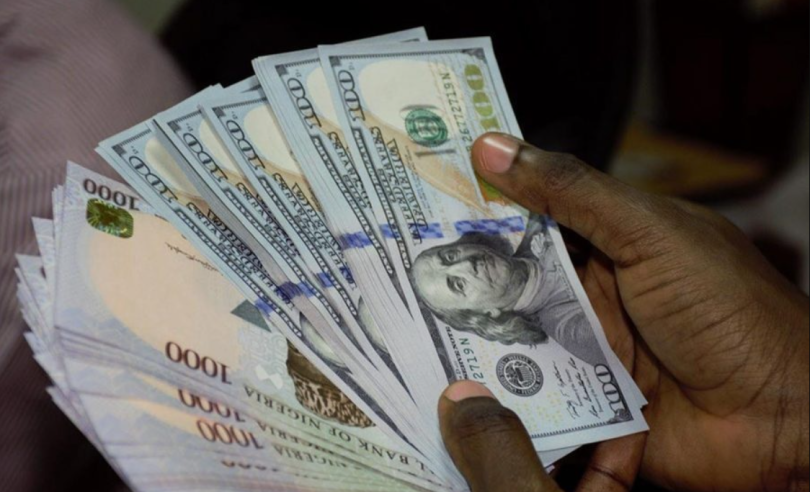The naira appreciated by N10.50 over the course of one week in the official foreign exchange market, supported by sustained liquidity conditions.
At the close of trading on Friday, the naira stood at N1,455.17 per US dollar, representing a 0.7 percent gain from the N1,465.67 recorded the previous Friday, according to data published by the Central Bank of Nigeria (CBN).
Over the five trading days, the local currency gained N15.09 or 1.04 percent from Monday’s rate of N1,470.26 to close the week at N1,455.17 per dollar at the Nigerian Foreign Exchange Market (NFEM). On a daily basis, the naira appreciated by N11.48 or 0.78 percent, strengthening from N1,466.65 on Thursday to N1,455.17 on Friday.
In contrast, the naira weakened slightly in the parallel market, also known as the black market. It depreciated by 0.5 percent to close at N1,492 per dollar on Friday, compared to N1,485 per dollar the previous day.
Meanwhile, Nigeria’s external reserves have continued to show positive momentum. According to the latest figures from the CBN, the reserves rose to $42.57 billion as of October 9, 2025. A report by FBNQuest corroborated this upward trend, noting that Nigeria’s gross official reserves increased by nearly $1.1 billion to $42.4 billion at the end of September 2025. Apart from a brief decline in June, when reserves dropped by about $1.2 billion due to debt service obligations, gross reserves have been on a steady rise since May 2025.
On a quarterly basis, the reserves have grown by $5.1 billion, supported by several key drivers. These include a stronger trade balance, which has benefited from an increase in non-oil exports, and robust capital inflows spurred by elevated interest rates.
The report also highlighted that, as of the end of September 2025, Nigeria’s reserves covered 13.2 months of merchandise imports based on balance of payments data for the twelve months to January 2025, and 12.0 months when services are included.
While the CBN does not disclose net reserve figures, commonly viewed as a more conservative and internationally accepted metric for evaluating reserve adequacy, the continued buildup in gross reserves and improved foreign exchange liquidity suggest that net reserves may now exceed the $23.1 billion reported in December 2024. This indicates a strengthening of Nigeria’s foreign exchange buffers.
Elsewhere, other markets also recorded notable movements in their external positions. South Africa’s international liquidity position rose by nearly $2.0 billion month-on-month to $67.9 billion. The increase was primarily driven by mark-to-market gains of $1.6 billion in its gold reserves, benefiting from an 11 percent month-on-month surge in the price of gold to $3,873.2 per ounce.
Egypt also recorded an improvement in its external position, with net foreign exchange reserves rising by $283 million month-on-month to $49.5 billion in September 2025. This was mainly attributed to a $175 million increase in the value of its gold holdings.
Back in Nigeria, the combination of rising reserves and enhanced FX market liquidity contributed to the naira’s performance, which included a 3.6 percent month-on-month appreciation to N1,478/$1 in September.
Analysts at FBNQuest noted that Nigeria’s external reserves could see further improvement in the near term, particularly if global monetary conditions become more accommodative. They pointed out that any signs of softness in the US labor market could prompt the Federal Reserve to maintain or accelerate its policy easing, which would likely benefit emerging market economies like Nigeria.

